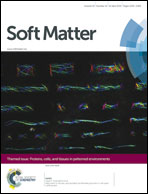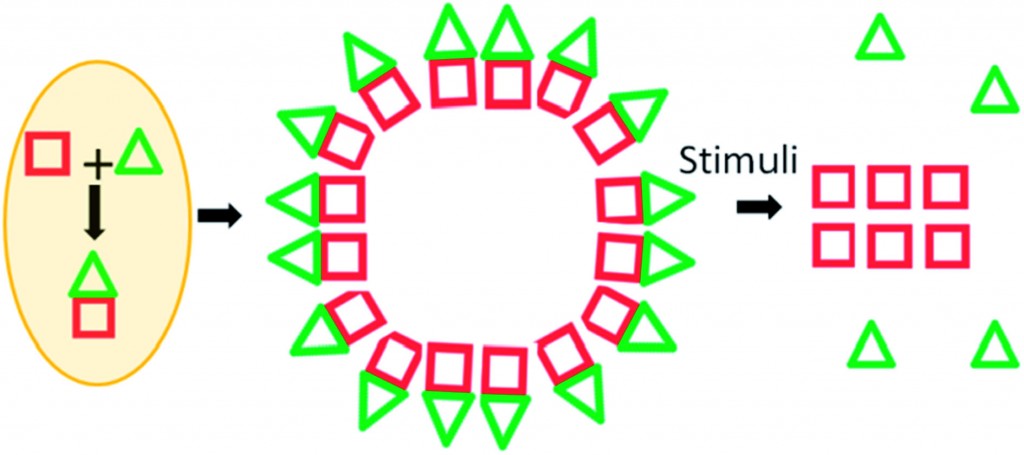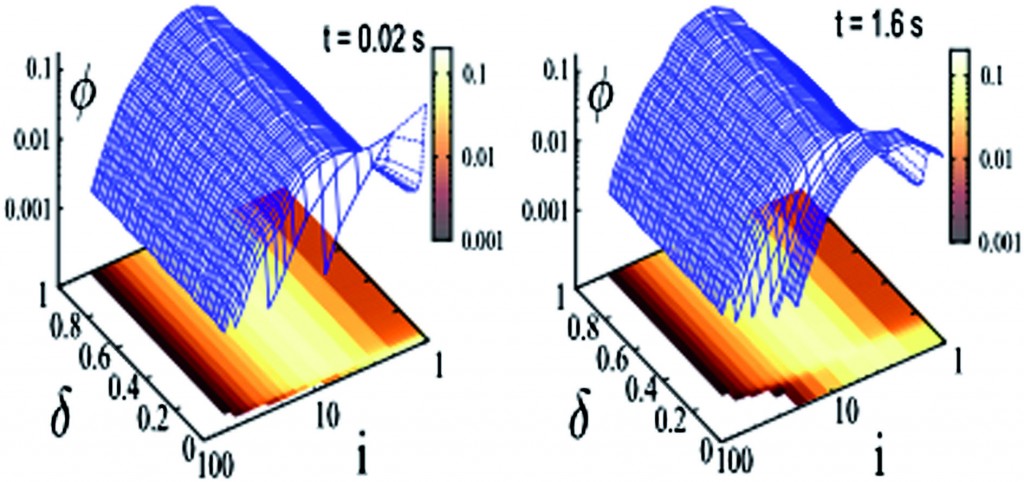
The Soft-Fire 2014 conference will be held on July 29 – August 8 | Cargèse, Corse | France
Soft condensed matter is the subject of a large number of investigations all around the world, both from a fundamental point of view and from a more applied side, due to the large number of practical possibilities relying on the aptitude of soft matter to provide large responses to small sollicitations.
Academic talks (confirmed)
- N. Balsara (Univ. Berkeley) : Polymers for electronics
- P. Chaikin (NY University, USA): Active matter
- E. Charlaix (Univ. Grenoble, France): Confined systems: mechanical measurements
- J. Fourkas (Univ. Maryland): Optical techniques for biophysics
- M.-C. Jullien (ESPCI, France) : Microfluidics
- C. Knobler (UCLA, USA) : Physical virology
- K. Kremer (MPI Polymerforshung, Mainz) : Statistical physics – Numerical simulations
- R. Kimmich (Univ. Ulm, Germany): Spectroscopic techniques for the examination of molecular dynamics in mesoscopically confined fluids
- O. Lavrentovich (Kent State Univ.): Dynamics and liquid crystals
- H. Lekkerkerker (Univ. Utrecht, Netherland): Self organization in Colloidal Suspensions of Spheres, Rods, Plates and Boards
- C. Sanchez (Collège de France, Paris): Hybrid materials
- M. Stamm (Institutes für Physikalische Chemie und Physik der Polymere, Leibniz, Germany): Concepts to save energy with polymers
- C. Wilhelm (CNRS, Université Denis Diderot): Bionanomagnetism
Please see here for fees for registration and Abstract submission and pre-registration













